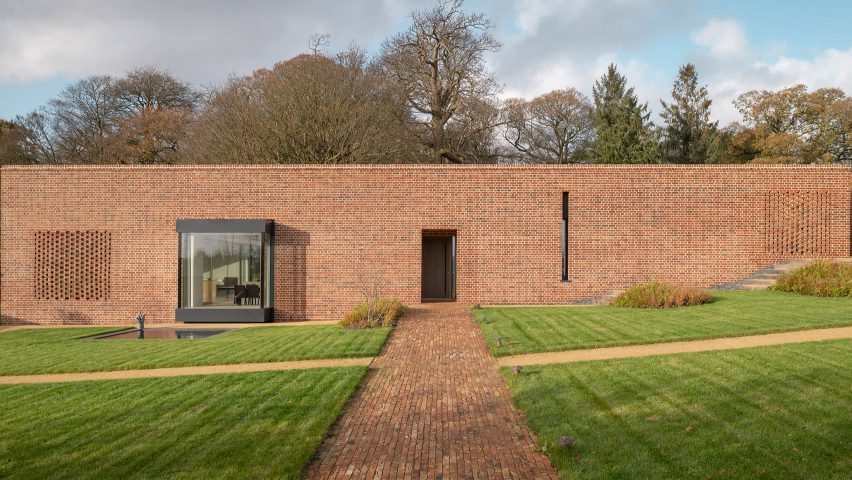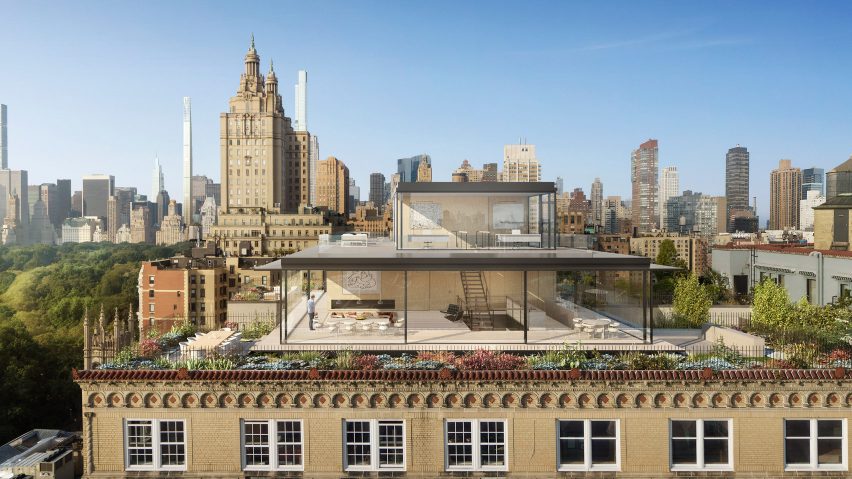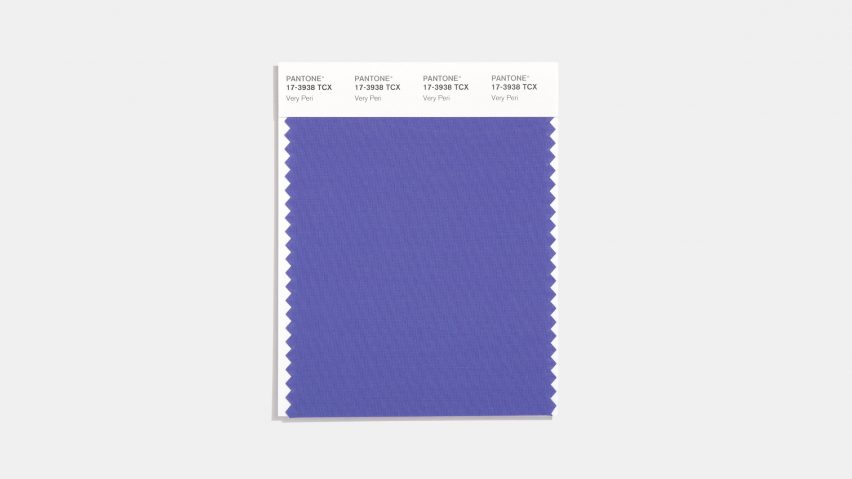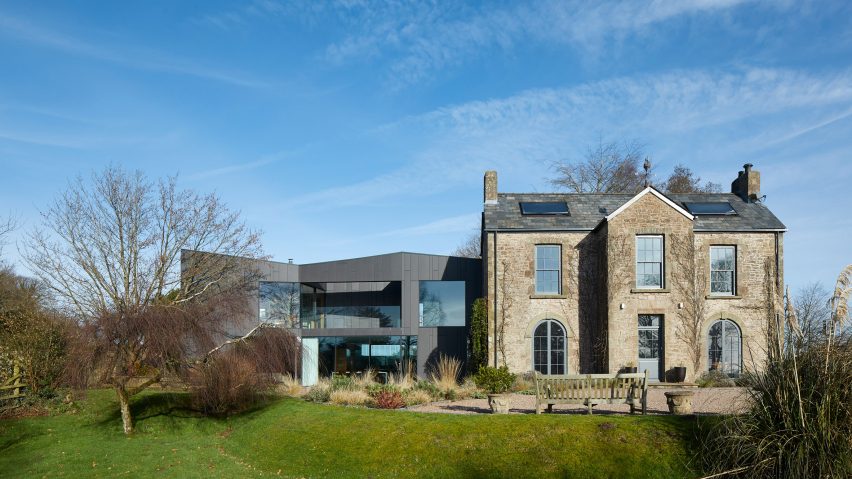
An EPC is "an unreliable means of representing building performance" says commenter
In this week's comments update, readers are talking about the energy performance of the longlisted projects for the RIBA House of the Year 2021 and discussing other top stories.
According to research by architecture studio Hawkes Architecture, only one of the 20 projects longlisted for the RIBA House of the Year 2021 achieved an A-rated energy performance certificate.
Nine of the projects received a B-rated energy performance certificate (EPC), while the remaining projects were C, D and E-rated.
An EPC is a measure of the overall efficiency of a home, for which the best rating is A and the worst is E.
"It should win an award for the house of yesterday"
Commenters are torn. "The response from one of the judges that it is 'unfair to judge designs conceived more than a decade ago by today's expectations' just makes you think it should win an award for the 'house of yesterday' not 2021," said Leon Crascall.
Jhardman disagreed: "Total rubbish to only look at EPC ratings on projects such a Redhill Barn and Water Tower and call them unsustainable. They are cleverly reusing structures and existing materials."
"The winning project does reuse an existing building when it could have been demolished and completely replaced," added Alfred Hitchcock. "So that's a sustainable method to start with."
"The EPC is a lightweight statutory document that is commonly generated with design data, not as-built test results," concluded Richard Porteous. "It is an unreliable means of representing building performance. That said, Richard Hawkes is right to push for greater recognition of sustainable construction and energy-efficiency amongst the architectural community."
Should EPC ratings matter? Join the discussion ›

Commenter "would welcome the opportunity to have a Norman Foster crown" on their building
Readers are divided over whether architect Neri Oxman and her husband Bill Ackman's plans for a glass penthouse on a 1920s building in New York should be approved. The couple was told to modify the plans, originally drawn up by Norman Foster.
"Let them build it," said Curt Llewellyn. "Especially when you see what passes for architecture in NYC these days."
Puzzello agreed: "I would welcome the opportunity to have a Norman Foster crown on my building and increase my property value."
"It's not a good design," replied Pedestrian. "It's so boring and derivative. It looks like a visitor's center for a national park. It does not belong on top of an iconic landmark in NYC. Just because his name is Norman Foster doesn't make it good architecture."
Should the glass penthouse be approved? Join the discussion ›

Reader suggests Pantone opens its colour of the year to "popular vote"
Interiors thought-leader Michelle Ogundehin has sparked debate by saying that "Pantone has once again failed to use its selection of color of the year to talk meaningfully about how colour reflects moments."
"Like we need more negativity," said Gabriella Kristina. "Beautiful color. Period."
"Maybe Pantone should open it up to popular vote to choose the next array of colours," suggested Yourastar.
"I find it funny that this color is basically the default accent color of Microsoft Teams – especially in dark mode," concluded Skye. "Maybe the Pantone designers subconsciously picked the color based on something they stare at eight hours a day."
What do you think of Very Peri, Pantone's colour of the year? Join the discussion ›

Commenter calls RIBA House of the Year award winner "controversial"
Readers are discussing the winner of the RIBA House of the Year award, which was designed by Alison Brooks Architects. House on the Hill in Gloucestershire consists of a Georgian farmhouse and an art-filled black extension.
"This is a controversial project," said Zmicier Saviel'eŭ. "But when a country has a lot of heritage, such experiments are possible."
"I think her work is very good," added Sim, "but I don't agree that this is the best new home. This house seems to suffer from a lack of limits – limits in the budget, limits in required space, limits in functions. It results in a lot of space that feels meaningless."
Fran~ki~gio was more positive: "Alison Brooks' design approach is always both clever and creative, yet subtle. I do love all its residential and housing schemes, but this goes far beyond combining poetic and lifestyle. Bravo."
Should House on the Hill have won? Join the discussion ›
Read more Dezeen comments
Dezeen is the world's most commented architecture and design magazine, receiving thousands of comments each month from readers. Keep up to date on the latest discussions on our comments page.